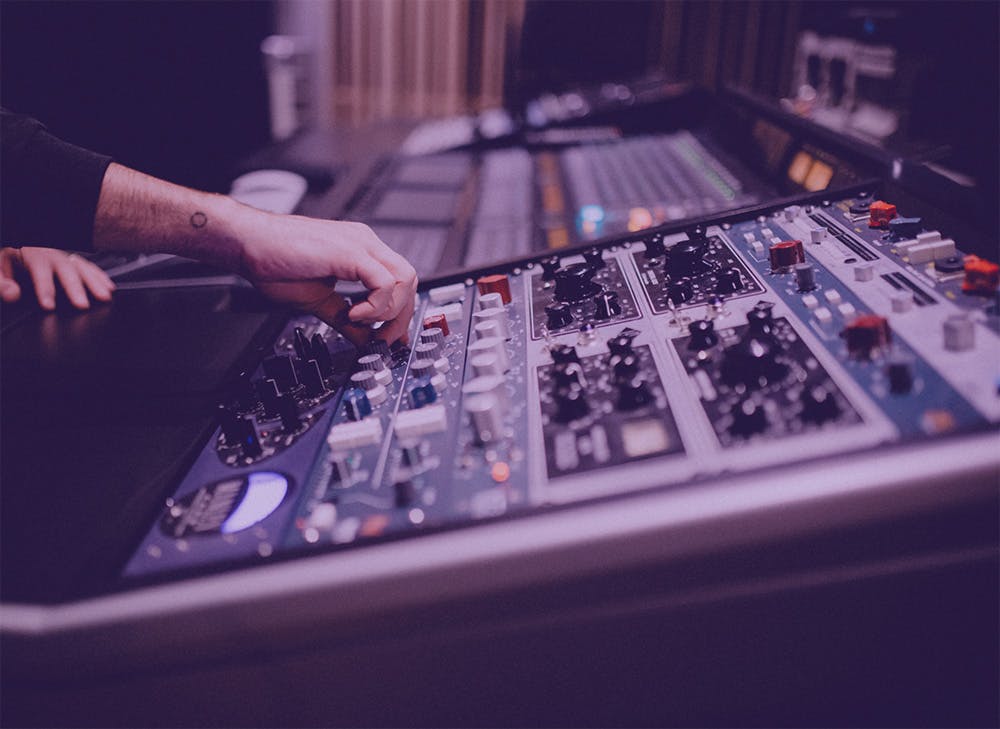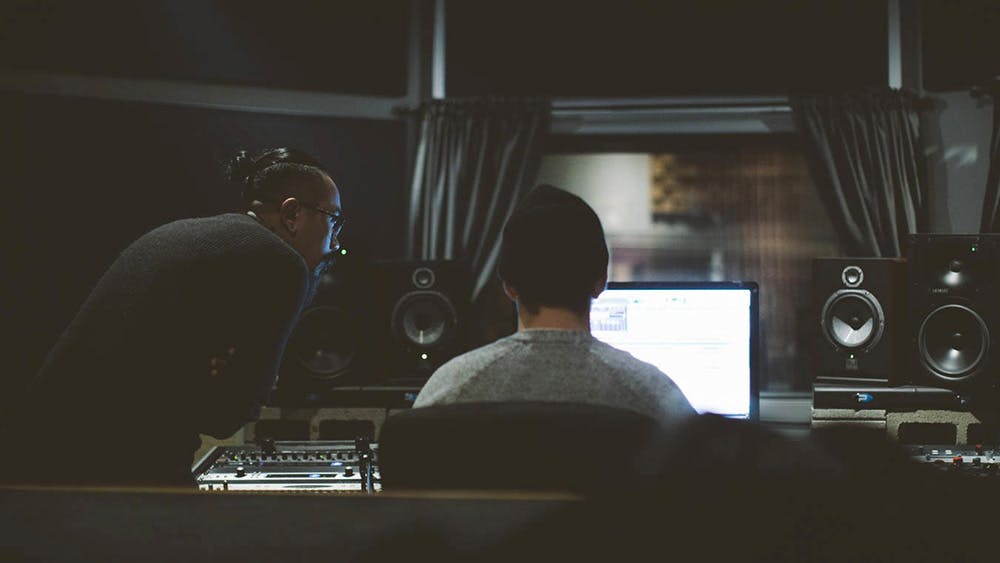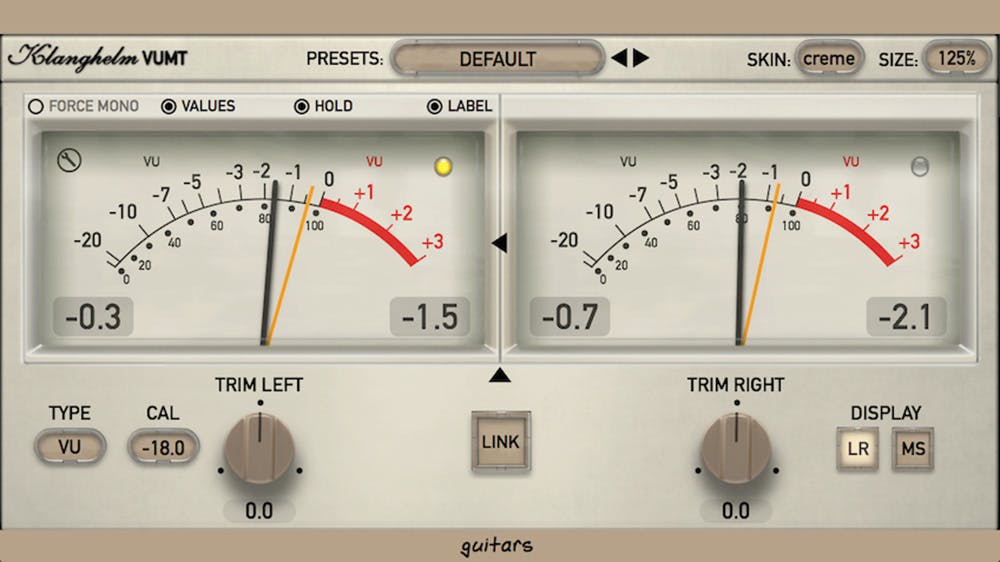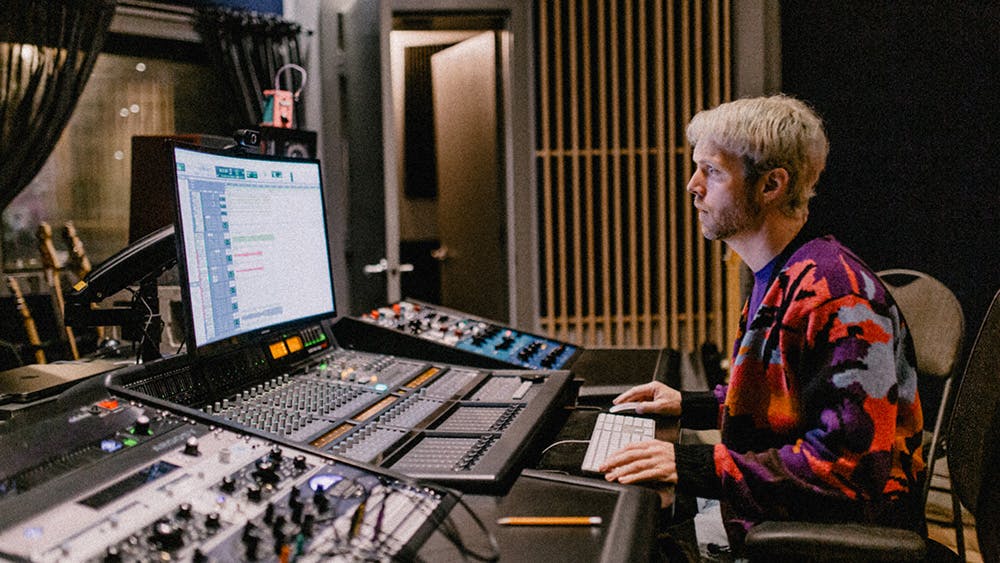The Secret to Mixing Pop Vocals
Reading time: 6-7 minutes
I love mixing pop vocals. Even when working on the production end of a track, my brain tends to make decisions with the mix already in mind. Often, the biggest challenge in the mix stage is getting the vocals to sit in the right place within the music. The sweet spot tends to be crisp sounding but not too thin. Leaving an abundance of lows/mids can create mud but removing too much can make things sound brittle and harsh. For me, it's all about finding the perfect balance between the highs and lows for each unique vocalist to get the perfect end result. Over the years I've tweaked my process a million different ways, and it continues to evolve. The plugins I use specifically will certainly change from time to time but they always serve a similar purpose.
I should mention I always start by mixing the instrumental layers first, and work the vocals into that. As you read on, you will see that I prefer to work in moderate steps using multiple inserts on the same track. I find subtle nipping and tucking along the way leads to a present and rich vocal without sounding over compressed or EQ'd. I like to think of it as a "correct, enhance, correct, enhance" process - but it's never set in stone!
Step 1 - General Clean Up
I always start by touching up the most obvious issues with multiband compression, this ensures they aren't further exaggerated as we compress the vocal down the line. Recently I've been loving the Waves F6 Floating Band Dynamic EQ for this. It's got a real time spectral analyzer which helps locate trouble spots and can be very surgical if needed. I prefer multiband compression rather than EQ to start as it only reduces the desired frequencies when they cross the threshold set, thus not affecting the vocal everywhere at all times.
Every voice is different but there tends to be three spots I look at first. I'll sweep through these bands with a sharp Q to find the exact area in need of correction. 150-300hz (this is where chest boom/mud usually swells up), 600hz-1k (controlling mid-range honk can really make a vocal sound more pleasant to the ears especially when the singer belts) and 2.5-7khz (harsh edge and sibilance usually live here). I'll also roll off around 80hz and below seeing as there is no information we want down there anyways. The width of the Q and amount of reduction will change in every scenario. Trust your ears and compress until things no longer pop out.
Step 2 - Introduce Compression
At this point I'm just looking for transparent, medium speed, soft knee compression to get the party started. I really like Waves Rvox for this - it's quick, easy and affective. I'm usually looking for about 4-6 DB of gain reduction at peak moments to level out the performance without adding any character. Think of it as rounding out the edges and beginning to control dynamics.
Step 3 - Surgical EQ
Now that we've done a little tonal clean up and started to fatten the voice up, further subtractive EQ is usually done next. I tend to focus back in on the low mids, carving out trouble spots with a super tight 'Q' that are still sticking out to much. I'm looking for precision, not character so the stock Avid EQ III works great. Sometimes to get a nice, crisp vocal, the best move is to remove the thicker low/mids to make the whole package feel brighter and more present, before reaching to boost the highs. This also frees up sonic space for for the vocals to sit around the bass, synths, drums and other competing frequencies. Depending on the sonics of the over all song, I may also boost 16 khz and above to add a little “air” if the track calls for it.
Step 4 - Compression Part 2
At this stage in the game my goal is to further compress without affecting the transients. I'm still not looking to add any character and slow attack is key. Some of my mixer friends may think I'm crazy for this but my next go-to is Waves Renaissance Axx. Touted as a guitar compressor, I love it on vocals. Setting the attack as slow as possible, I can further reduce things another 3-6 DB on peaks with almost no audible compression. What really makes this plugin great is that the auto make up gain brings out the quieter moments nicely.
Step 5 - Final Correction
The first 4 steps have lead to a clean, present, compressed vocal without sounding squashed and lifeless. Dynamic yet controlled. This final corrective step will vary with the sonic character of the voice. Depending on the singers timbre you may find it's a little on the sibilant side (sharp “s” and “t” sounds etc) or it may still feel a little to thick in the low mids. Regardless of the problem I usually reach for Wave C4 multiband compressor. It works great as a broad stroke tool when de-essing or further controlling low mids.
I should add I rely heavily on volume automation to correct the worst offenders of sibilance. Subtle fader moves can easily fix most of the stand out problems and that way you avoid shaving off to much top end with something like the 'C4' or any de-esser for that matter.
Step 6 - Let's Get Tasty - Compression 3.0
This is when I like to reach for a compressor that will add some warmth and flavour to the mix. My current favourite for this is the UA 1176 . World renowned for its tonal characteristics it’s been my favourite addition to my vocal chain as of late. Usually, but not always, with a medium attack and slightly quicker release. Since our peaks have been rounded out and controlled in the first 2 steps of compression, I usually look for about 3 DB of average reduction here. The pre-levelled signal can handle a bit more of this coloured compression seeing as it isn’t peaking nearly as much as a raw vocal would. This allows for a more steady compression sound and the character this compressor brings! multiband compressor. It works great as a broad stroke tool when de-essing or further controlling low mids.
Step 7 - Final Touch - Special EQ
If the compressor was adding salt to the pallet, here’s comes the pepper. I like to treat this last step as broad stroke enhancements. Usually focused on adding that last little bit of top end air and presence. Lately I’ve been loving the UA Pultec EQ for this. Using a nice broad Q, voice depending, I’ll boost the 10, 12 or 16 kHz bands to taste. UA Pultec EQ
Step 8 - Everybody on the (sub) Bus!
For me, the last, but very important step is the bus treatment. I always group my vocals based on parts or sections through their own sub bus. Lead vocals and select harmonies/doubles. BGs grouped by parts, “oohs and ahhhs”, counter melodies, vocal vamps etc. I usually end up with 4/5 sub-groups of vocals being sent to their own aux.
On those busses I look for bus compression to glue together all the vocal layers and affects (reverbs, delays etc. which i didn't dive into in this post). The UA Neve 33609 was a game changer in this regard. It is nothing short of amazing at doing just that.
Following the compressor I like a channel strip like the SSL 4KE. It's modelled from input to fader so it adds that certain "je ne sais quois" even if I'm not using the EQ or compressor. That said as the mix grows and evolves, I lean on this strip for further adjustments as required.
The Takeaway
There is absolutely no right or wrong way to go about mixing pop vocals. The gift and curse of this part of the gig is that it is usually completely subjective, especially in the process one uses. Even as I write this, I'm contemplating new plugins to add to my mix chain. It never ends! Have fun, try new things, trust your ears and come up with as many efficiencies as you can to allow yourself to focus on being creative. Happy mixing!






